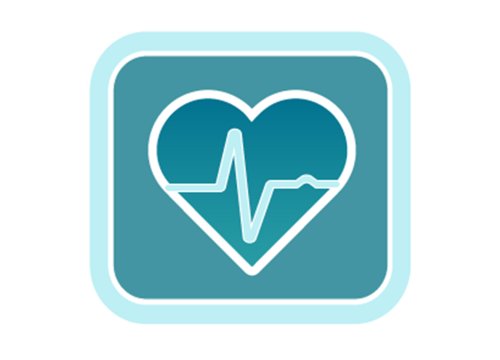Li W, Luo X, Poetsch MS, Oertel R, Nichani K, Schneider M, Strano A, Hasse M, Steiner RP, Cyganek L, Hettwer K, Uhlig S, Simon K, Guan K, and Schubert M.
Pharmaceuticals, 2022.
Bioelectronic assays help scientists uncover underlying mechanisms of cardiac dysfunction related to HCQ/AZM
Though subsequent research has not demonstrated the efficacy of hydroxychloroquine (HCQ) and azithromycin (AZM) for the treatment of COVID-19, and despite significant cardiac side effects associated with the medications, HCQ and AZM were widely administere d as single or combination agents to people infected with the virus. In this study, researchers used human induced pluripotent stem cell-derived cardiomyocytes (iPSC-CMs) to investigate the arrhythmia-inducing mechanisms of HCQ and AZM used alone or in combination.
To explore cardiac activity in real time, the researchers used Using Axion’s Maestro multielectrode array (MEA) platform and found that iPSC-CMs exposed to HCQ exhibited prolonged field potential durations — an effect that was strongly enhanced with the addition of AZM and is associated with potentially life-threatening abnormal heart rhythms. Overall, study results demonstrated that combined treatment with AZM and HCQ led to more severe effects on the viability, structure, and function of the iPSC-CMs, which may be related to increased intracellular accumulation of the drugs and elevated levels of the gap junction protein Cx43. Scientists hope their findings lead to a better understanding of the underlying mechanisms of cardiotoxicity associated with HCQ and AZM.


